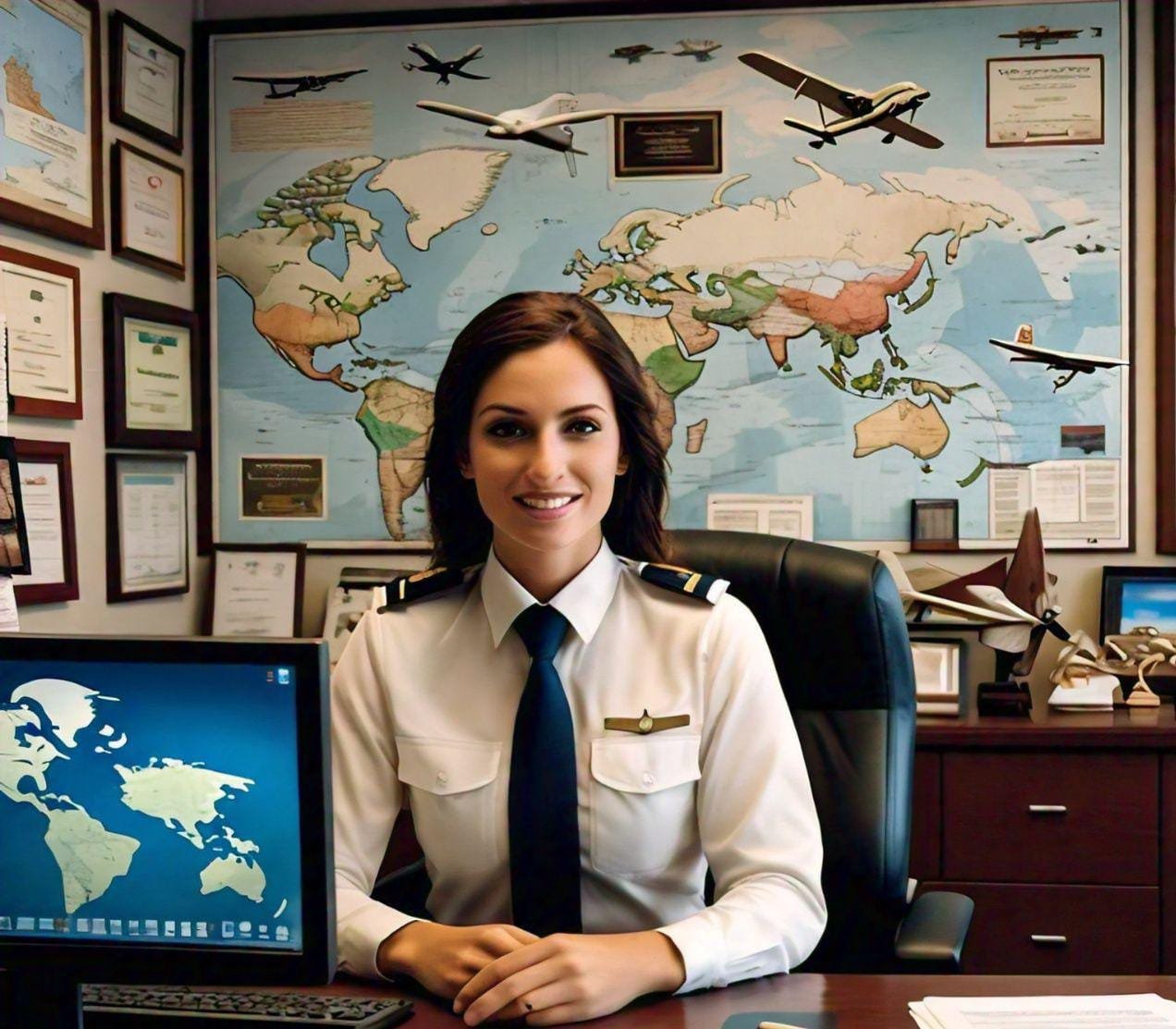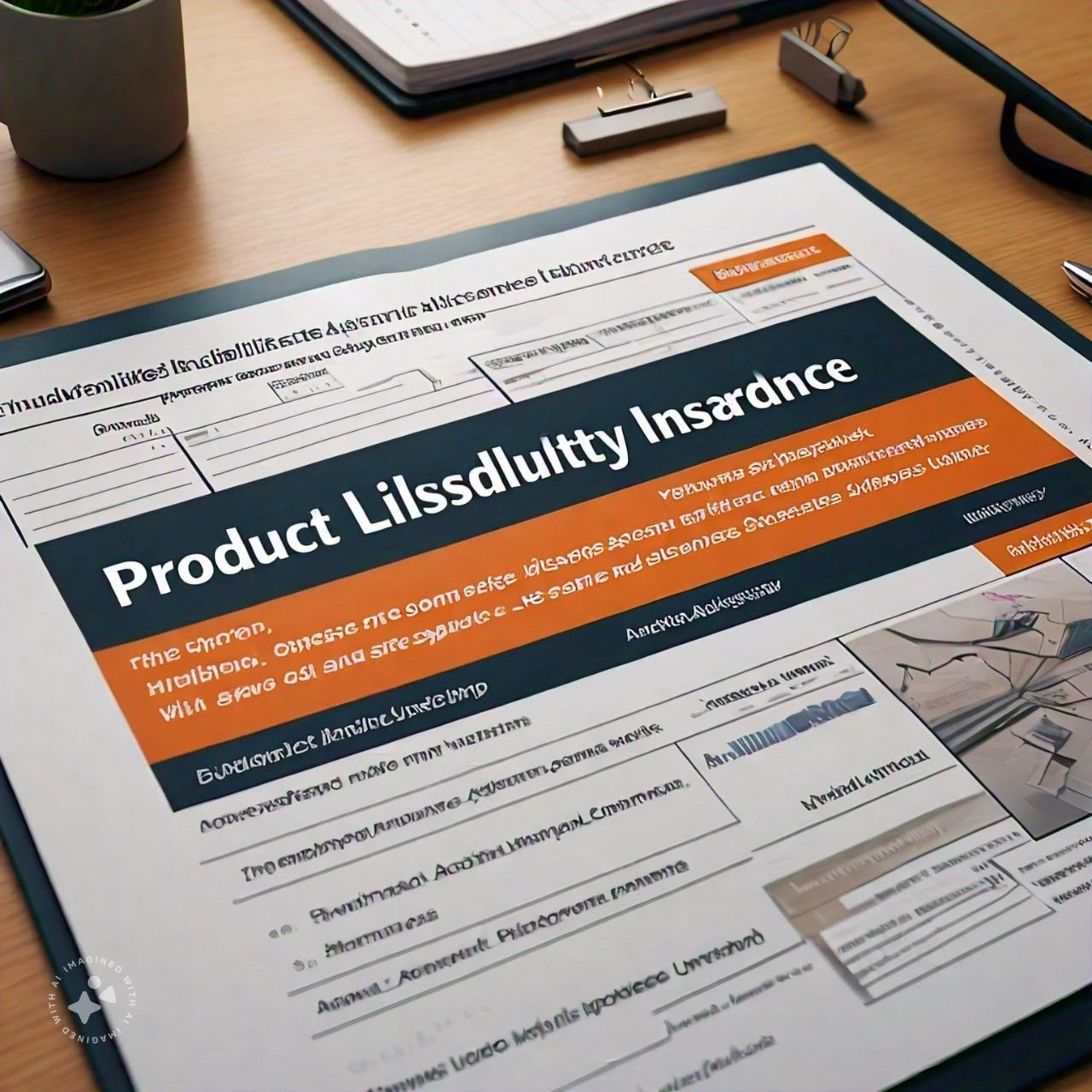The Skies of Risk: Understanding Aviation Insurance
Aviation insurance is a vital component of the aviation industry, providing financial protection to aircraft owners, operators, and passengers against a range of risks. From crashes and collisions to mechanical failures and natural disasters, the aviation industry is fraught with perils that can result in significant financial losses. In this article, we’ll delve into the world of aviation insurance, exploring its history, types, and challenges, as well as the future of this critical industry.
A Brief History of Aviation Insurance
The concept of aviation insurance dates back to the early 20th century, when the first aircraft took to the skies. As the industry grew, so did the need for insurance to mitigate the risks associated with flying. In 1911, Lloyd’s of London wrote the first aviation insurance policy, marking the beginning of a new era in risk management. Today, aviation insurance is a global industry, with specialist insurers and brokers providing coverage to aircraft owners and operators around the world.
Types of Aviation Insurance
Aviation insurance policies can be broadly categorized into several types, each designed to address specific risks and needs:
- Liability Insurance: This type of insurance provides coverage for damages to third-party property, as well as injury or death to people on the ground.
- Hull Insurance: This type of insurance covers the aircraft itself against damage or loss, including damage caused by accidents, natural disasters, or other perils.
- Passenger Liability Insurance: This type of insurance provides coverage for passengers who are injured or killed while on board an aircraft.
- Ground Risk Hull Insurance: This type of insurance covers the aircraft against damage while it is on the ground and not in motion.
- In-Flight Insurance: This type of insurance provides coverage for the aircraft against damage during all phases of flight and ground operation.
Challenges Facing the Aviation Insurance Industry
The aviation insurance industry faces a range of challenges, including:
- Rising Claims: The number of claims has increased significantly in recent years, driven by factors such as weather-related events and mechanical failures.
- Stricter Underwriting Guidelines: Insurers have responded to the increase in claims by introducing stricter underwriting guidelines, making it more difficult for businesses to obtain coverage.
- Increased Demand: The COVID-19 pandemic has led to an increase in demand for corporate aviation, putting pressure on the insurance market.
- Environmental Concerns: The aviation industry is facing increasing scrutiny over its environmental impact, leading to new challenges for insurers.
The Future of Aviation Insurance
Despite the challenges facing the industry, there are opportunities for growth and innovation in aviation insurance. Insurers are responding to the changing needs of the industry by developing new products and services, such as:
- Sustainable Aviation Insurance: This type of insurance provides coverage for aircraft that are powered by sustainable fuels or that have reduced carbon emissions.
- Digital Aviation Insurance: This type of insurance uses digital technology to provide more efficient and cost-effective coverage for aircraft owners and operators.
- Parametric Insurance: This type of insurance provides coverage based on specific parameters, such as weather conditions or flight hours, rather than traditional loss-based models.
Conclusion
Aviation insurance is a critical component of the aviation industry, providing financial protection to aircraft owners, operators, and passengers against a range of risks. By understanding the different types of aviation insurance and the challenges facing the industry, businesses and individuals can make informed decisions about their insurance needs and ensure that they are adequately protected. As the industry continues to evolve, insurers must adapt to changing risks and demands, developing innovative products and services that meet the needs of a rapidly changing world.










